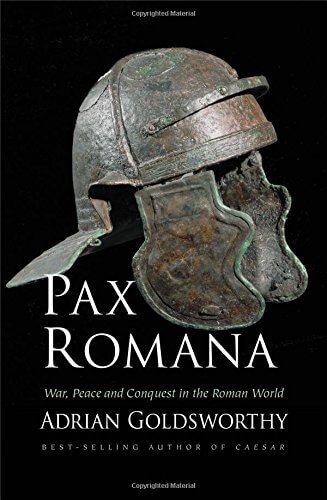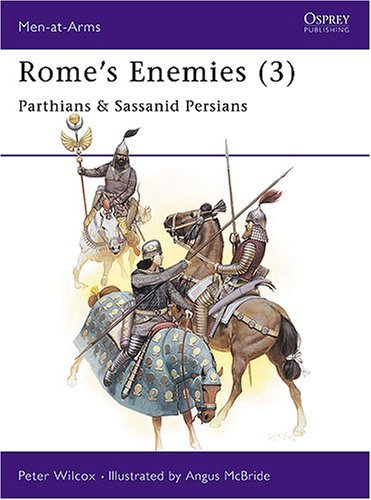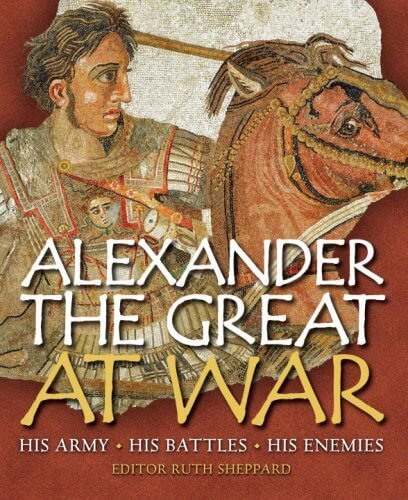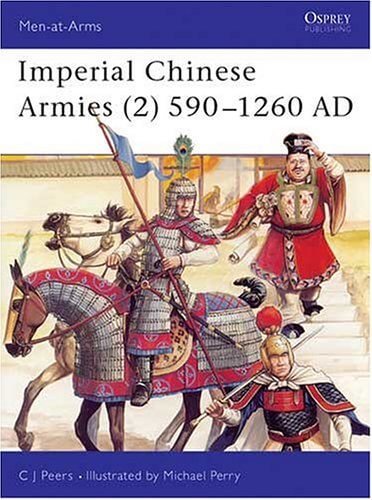Pax Romana: War, Peace, and Conquest in the Roman World by Adrian Goldsworthy
Annotated with Historical and Cultural Insights for Global Readers
Core Translation & Cultural Context
Original Title: Pax Romana: War, Peace, and Conquest in the Roman World
Author: Adrian Goldsworthy (Renowned British Historian, Oxford-trained Classicist)
Genre: Historical Nonfiction / Ancient Military History
Cultural Significance: Goldsworthy challenges romanticized notions of the Pax Romana (27 BCE–180 CE), reframing it as a paradox: a “peace” forged through ruthless imperialism. The book deconstructs how Rome’s military dominance and systemic violence created stability while enslaving millions, offering a critical lens for modern discussions about empire and power.
Full Translation with Annotations
1. The Myth vs. Reality of Pax Romana
- Traditional View: The Pax Romana is often idealized as a golden age of prosperity, legal order, and cultural flourishing under Augustus and his successors.
- Goldsworthy’s Thesis: Rome’s peace was not altruistic but a byproduct of conquest. He argues:
“The Romans did not seek peace; they sought victory. Peace was simply the absence of resistance to their rule.”
This aligns with Tom Holland’s Pax (2023), which emphasizes that Roman stability relied on “unprecedented military violence”.
2. Mechanisms of Control
- Military Dominance: Rome maintained peace through overwhelming force. Goldsworthy cites legions stationed from Britain to Arabia (1.5 million soldiers at its peak) and the suppression of revolts like the Batavian Rebellion (69–70 CE).
- Psychological Warfare: Public executions, mass enslavement (e.g., 150,000 enslaved after the Third Punic War), and displays of imperial grandeur (e.g., the Colosseum) deterred dissent.
- Assimilation Tactics: Local elites were co-opted through citizenship grants, while infrastructure projects (roads, aqueducts) tied provinces to Rome economically.
3. Case Studies: Resistance and Collaboration
- Failed Rebellions:
- Judaea (66–73 CE): The Jewish Revolt ended with the destruction of Jerusalem’s Second Temple, showcasing Rome’s brutal efficiency.
- Boudica’s Uprising (60–61 CE): Despite initial success, Boudica’s forces were crushed by disciplined Roman legions.
- Strategic Alliances: Tribes like the Batavi initially allied with Rome for protection but later rebelled when demands became exploitative.
4. Economic and Social Costs
- Slavery: An estimated 10–15% of the empire’s population were enslaved, driving agrarian and mining economies.
- Taxation: Provinces paid tributes (e.g., Egypt’s grain shipments), enriching Rome while impoverishing locals.
- Cultural Erasure: Indigenous religions and languages were suppressed, though syncretism (e.g., Roman-Egyptian cults) occasionally occurred.
5. Legacy and Modern Parallels
- Enduring Infrastructure: Roman roads, legal systems, and urban planning influenced Europe for millennia.
- Critiques of Imperialism: Goldsworthy’s work resonates with postcolonial studies, drawing parallels to modern empires’ “peacekeeping” rhetoric.
- Controversy: Some scholars, like Mary Beard (SPQR), argue Rome’s cultural integration was more nuanced than pure oppression.
Supplementary Materials
- Glossary:
- Pax Romana: Roman-imposed stability through military hegemony (27 BCE–180 CE).
- Client Kings: Local rulers (e.g., Herod the Great) who governed under Roman oversight.
- Further Reading:
- SPQR by Mary Beard (2015): A counterpoint emphasizing cultural exchange.
- The Fall of the Roman Empire by Peter Heather (2005): Examines the Pax Romana’s collapse.
- Visual Aids:
- Map of Roman Provinces: Highlights military hotspots like Germania and Judea.
- Timeline of Major Revolts: From Spartacus (73–71 BCE) to Bar Kokhba (132–136 CE).
Why This Book Matters Today
Goldsworthy’s Pax Romana dismantles the myth of benevolent empire, urging readers to critically assess historical narratives. As one reviewer noted:
“This isn’t just about ancient Rome—it’s a mirror to modern superpowers who justify domination in the name of ‘stability.’”






评价
目前还没有评价